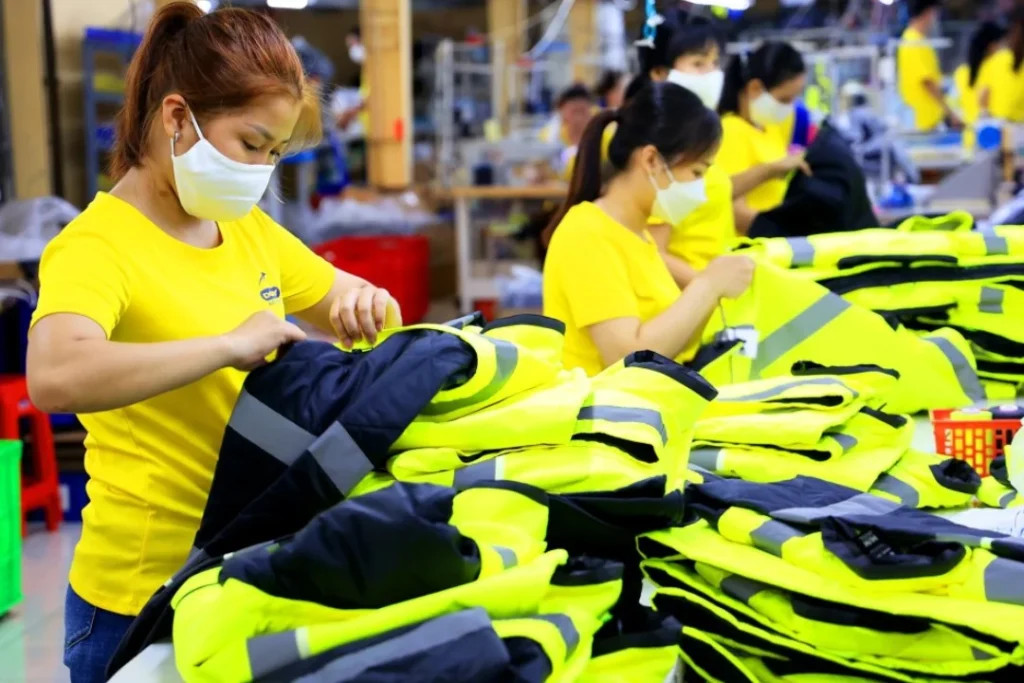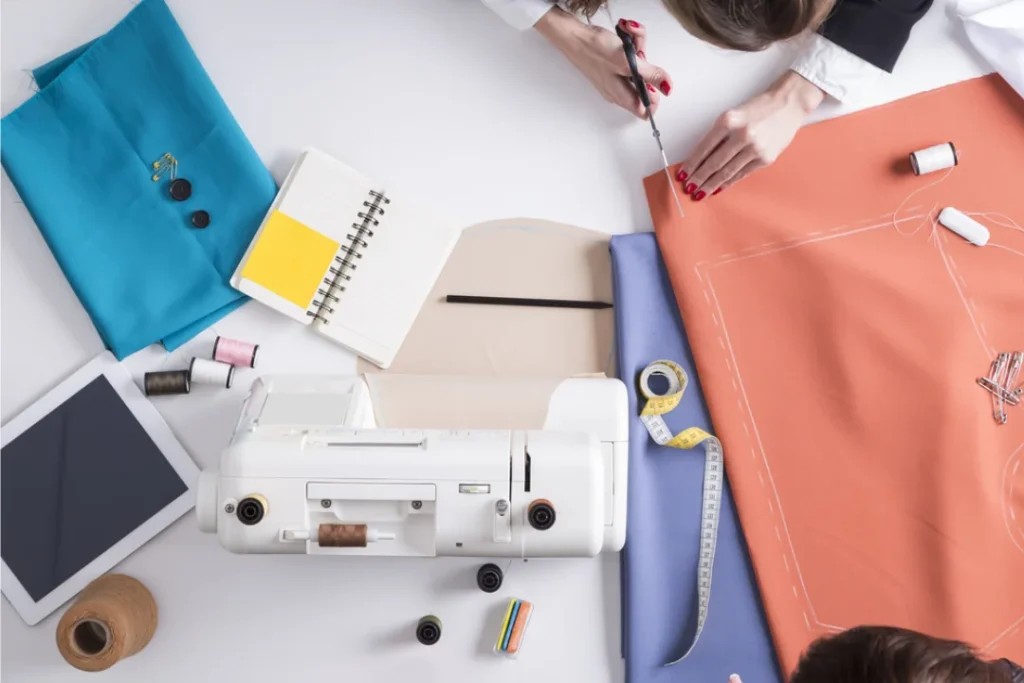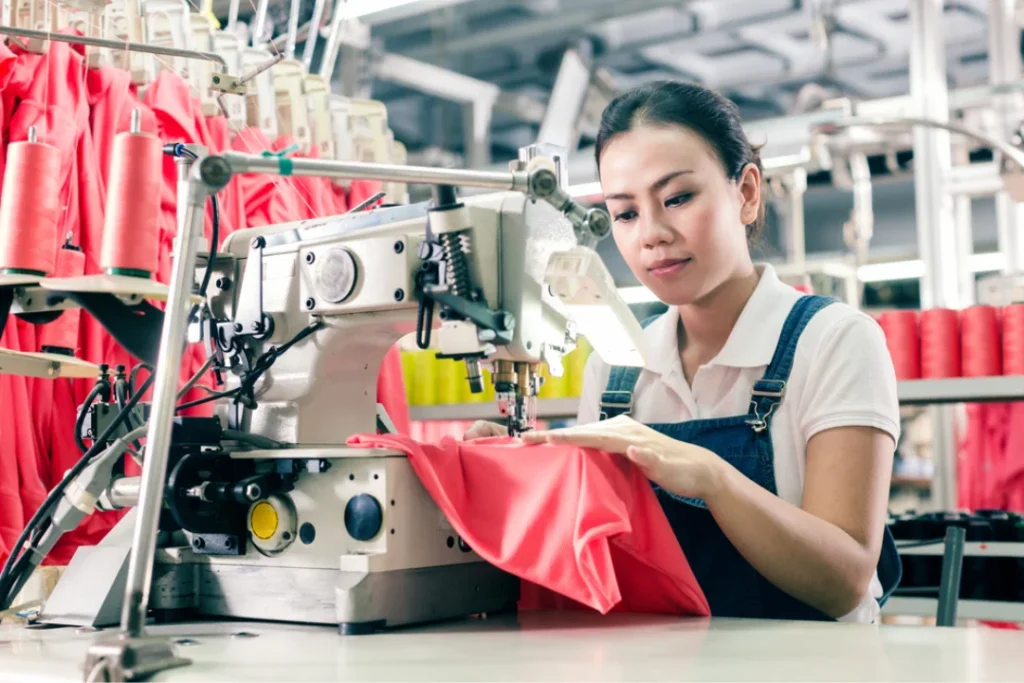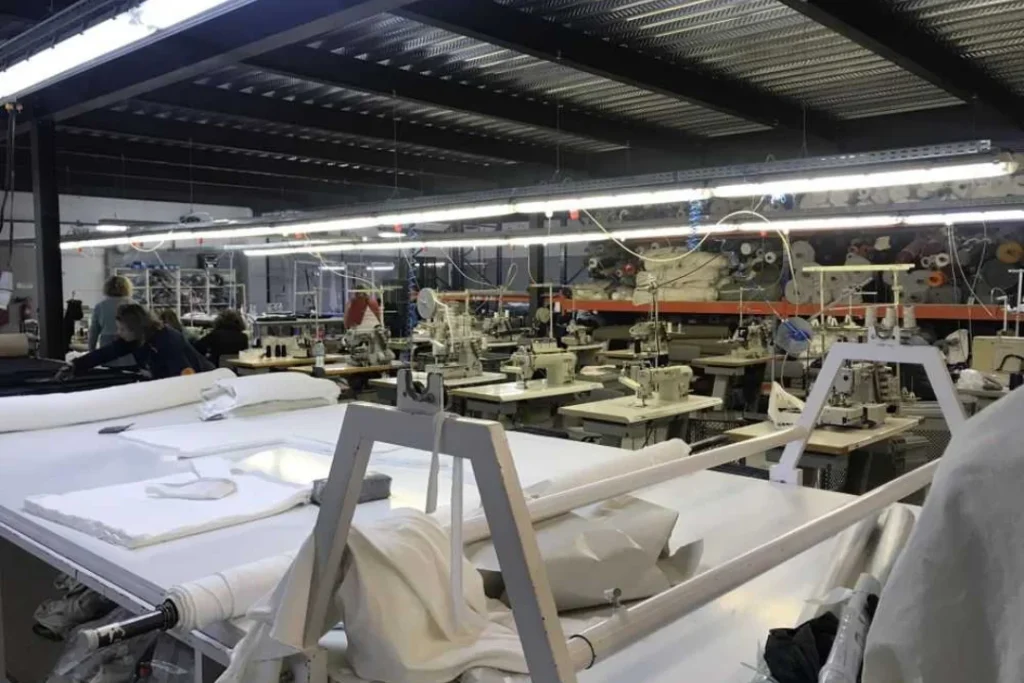
Why Clothing Brands Fail
Top Different Types of Shirts for Women and Men Top Different Types of Shirts for
Why Every Fashion Clothing Brand Must Embrace This Crucial Process
CMT permits brands to benefit from particular expertise, cost efficiency, and streamlined production processes. Brand’s core competencies like design and promotion, are left to them by subcontracting CMT producers with accurate manufacturing responsibilities. The approach enables the regulation of production processes, scaling, and keeping up high quality standards in garment industry.
CMT services encompass accurate cutting, skilled stitching, and thorough trimming, guaranteeing the creation of well-constructed and visually appealing garments. Overlooking CMT can hinder a brand’s capability to expand production capacity, manage costs excellently, and sustain consistent quality standards in their garments. In this comprehensive blog, we will identify that what does CMT mean in the apparel manufacturing operations to remain competitive, meet consumer demands, and achieve accomplishment in the fashion industry.
What does CMT stand for? CMT is an acronym that represents Cut, Make, and Trim. The fashion industry repeatedly utilizes it as a manufacturing method whereby fabric cutting, garment assembling and adding of finishing touches like buttons and zippers are done by clothing manufacturers. In this regard, precise stages of production can be outsourced by brands or designers to particular factories making it easier to create goods. This means that fashion firms using CMT services will only attention on design and marketing leaving the intricate fabrication processes to expert manufacturers who have been there for long periods of time.

The CMT term means Cut, Make, and Trim in the garment manufacturing industry. It denotes a manufacturing technique where fabric makers cut pieces from the textile, join them to create clothes and finalize them and adding finishing touches like buttons, zippers and others. With these services, brands or designers can select to have specific factories or workshops perform some operations they do not have the time for or that need exceptional skills. Consequently, companies are able to streamline operations and essence on design and marketing aspects whereas they also rely on the skills as well as proficiency of seasoned garment manufacturers. By using CMT services, apparel endeavors are in possession of a well-directed way of understanding their designed concepts while guaranteeing high standards for their customers’ products.
There are many benefits of CMT such as reduction in costs, specific skills and versatility; however, it is also accompanied by difficulties dealing with quality assurance, contact person, dependence on suppliers as well as maintaining the complete process of manufacturing that firms need to control so as to achieve better results.
By outsourcing certain production processes to specialized manufacturers, CMT helps clothing brands minimize their costs, which means that they do not have to spend a lot of money on machines and workers.
When brands use CMT services, they can take advantage of expert and efficient people who make clothes like cutting them up and putting them together.
With CMT, production volume management is really flexible. Depending on the market needs, companies can increase or decrease their output without the limitations of managing a completely-equipped facility.
For brands, engaging CMT is an excellent way of focusing on designing and marketing their products without getting involved in production since this is left to experts.
An obstacle that CMT faces is the idea of keeping the same quality in various production phases and industries. Businesses must keep an eye on everything to ensure that every unit is according to their quality standards.
Collaborating with a variety of manufacturers at distinct phases of production may trigger communication hurdles, thus resulting in pausing or perplexities within the way things are made.
Relying on outside producers for significant stages of manufacturing makes brands depend on suppliers’ proficiency and volume, which may present danger if the supplier has problems or takes time.
Manufacturers may have limited control over how things are made, which makes it difficult for brands to modify products in a hurry or deal with problems that might come up while producing them.
What is CMT in apparel manufacturing? It is the process at the cutting that is the first phase where the pieces of fabric are accurately cut in accordance with the pattern of the garment design. Accuracy and efficiency in utilization of fabrics depend on this vital step which requires artisans as well as specialized machines.

The point at which the parts of the garment are attached through different stitching processes is referred to as stitching in the CMT clothing production method. At this point, qualified tailors who use sewing machines and other tools to join pieces of fabric without any disturbance or discontinuity are required.

Assembly Line Setup:
Structural Integrity:
Trimming as a final stage of CMT in the process of clothing production, entails the addition of finishing details like buttons, zippers, labels and among other put-ons on the finished apparel. Trim makes the garment aesthetically pleasing increases its utility and promotes brand image thus increasing its holistic attractiveness to customers.

Attachment of Fasteners:
Branding:
A CMT maker is a clothing maker who gives Cut, Make and Trim (CMT) services to fashion clothing brands and enterprises. The CMT makers in the garment industry deal with certain sections of the apparel production process such as fabric cutting, joining pieces of cloth by sewing or adding finishing touches like buttons and zippers. These manufacturers work hand in hand with clothing brands to make their ideas become real by linking them up to production processes while letting these brands concentrate on design, marketing as well as brand development. Fashion firms can save time by having their manufacturing processes simplified by CMT service while benefiting from expertise that is unique to this sector and also bringing forth quality clothing within shortest time possible.

It’s important to be wise and choose right when it comes to choosing Cut, Make, and Trim (CMT) manufacturers for apparel production as this is what will determine whether or not your clothing brand will prosper in future. Here are steps that will help you select CMT Manufacturer intelligently:
Determine Your Need:
The first step in this process involves writing down everything that is needed for production including the kind of clothes produced, their amounts, and standards of quality they should have as well as when to deliver them.
Industry Reputation:
Check out the web pages for public reviews, client comments and assessments in order to assess how reputable and reliable CMT (cut-make-trim) manufacturers are.
Capacity and Capability: The manufacturer’s production volume, possible service delivery schedule, types of machine they possess as well as technical know-how should be evaluated as you determine whether your needs can be met by them.
Quality Standards: This entails their quality control measures, certifications held by them as well as whether they conform to professional bodies in the business since this is what will help them consistently manufacture high quality goods.
Experience and Expertise: In other words, you must consider the firm’s background in dealing with similar cases plus their skills related to clothes manufacture or other modes of production.
Detailed Quotations: Request elaborate quotations outlining basic prices, processes duration, and other fees if any.
Customization Options: Ask about customization possibilities, test-production and how far they can tailor your designs according to your needs.
Site Visits: Plan for a trip to the factories in order to observe their working environment, machines and production methods directly.
Quality Assurance Checks: Appraise their means of quality control, inspection procedures and method of sample testing with a view of ensuring uniformity in the products.
Open Communication: When starting a production process, it’s important to have clear communication channels with the manufacturer so that all project details, changes, feedbacks and updates can be discussed throughout the entire production process.
Contract Negotiation: Make sure that everything is documented properly in a formal contract in order to minimize any chances of unclear terms or arguments.
Sipping and Logistics: We need to take note of the logistics and shipping support. This means we need to assess the shipping capabilities, lead times, and logistics support offered by the manufacturer for a reliable delivery of our orders.
After-Sales Support: Furthermore, post-sales support involves inquiry about post-production support, warranty policies and how fast they respond to the complaints after delivering their goods.
Cost vs. Value: It is vital to assess cost and value in order to ensure that you can have an informed decision regarding the best CMT manufacturer for your clothing brand. An assessment of the different quotations, services, quality, and capabilities factors from different CMT producers must be done to know which one has a suitable balance between these two aspects.
Long-Term Partnership: The long-term partnership aspect should also be considered with regards to reliability, performance and brand value alignment in this industry.
You may make a wise choice on the selection of your CMT producer when it comes to choosing one for your cloth line through a meticulous study that consists of a complete examination as well as thorough research. So as to come up with a successful and mutually beneficial partnership you will need these steps by following them diligently.
In conclusion, what does CMT mean in apparel manufacturing? Its meaning is the cutting, making and trimming aspect of garment production. Basically, it refers to the way that garment manufacturers will handle fabric-cutting, piece construction and final touches. This is an important component of the fashion world as it requires accuracy in cutting, sewing skills, and particular finishing’s. The entire process ensures that garments are not only well made but also appealing to the eye while meeting set quality specifications. A clothing brand can optimize its production line, concentrate more on design and marketing or become more efficient altogether by outsourcing tasks such as these to specialized CMT producers. CMT enables brands maintain a grip on their product’s design creative aspects while taking advantage of cheap external labor for producing them. Therefore, every fashion or clothing line that means business must yield to this important manufacturing strategy if they really want to survive in this competitive market.
The term CMT means in textile is cutting and making apparel and trimming it which includes cutting of fabric, assembling the garment and adding finishing touches such as zippers, buttons etc.
Clothing brands use CMT services for increasing efficiency, concentrating on designs and ensuring production quality.
If clothing brands neglect CMT they would lose authority over their costs and quality as well as the possibility to respond to market demands properly.
Outsourcing duties to CMT manufacturers enables providers with knowledge in garment production to also cut down on costs incurred during production while at the same time guaranteeing high standards in quality control.
Expert Custom Clothing Manufcaturer

Top Different Types of Shirts for Women and Men Top Different Types of Shirts for

What You Must Know About Clothing Samples? Before You Produce a Single Garment: What You

How Much Does It Cost To Make a Hoodie A Complete Cost Breakdown for Custom

Discover the Types of Buttons Discover the Types of Buttons That Transform Style and Functionality
Most Recent Posts
Expert Custom Clothing Manufcaturer
Join our Mailing list!
Get all latest news, exclusive deals and updates.